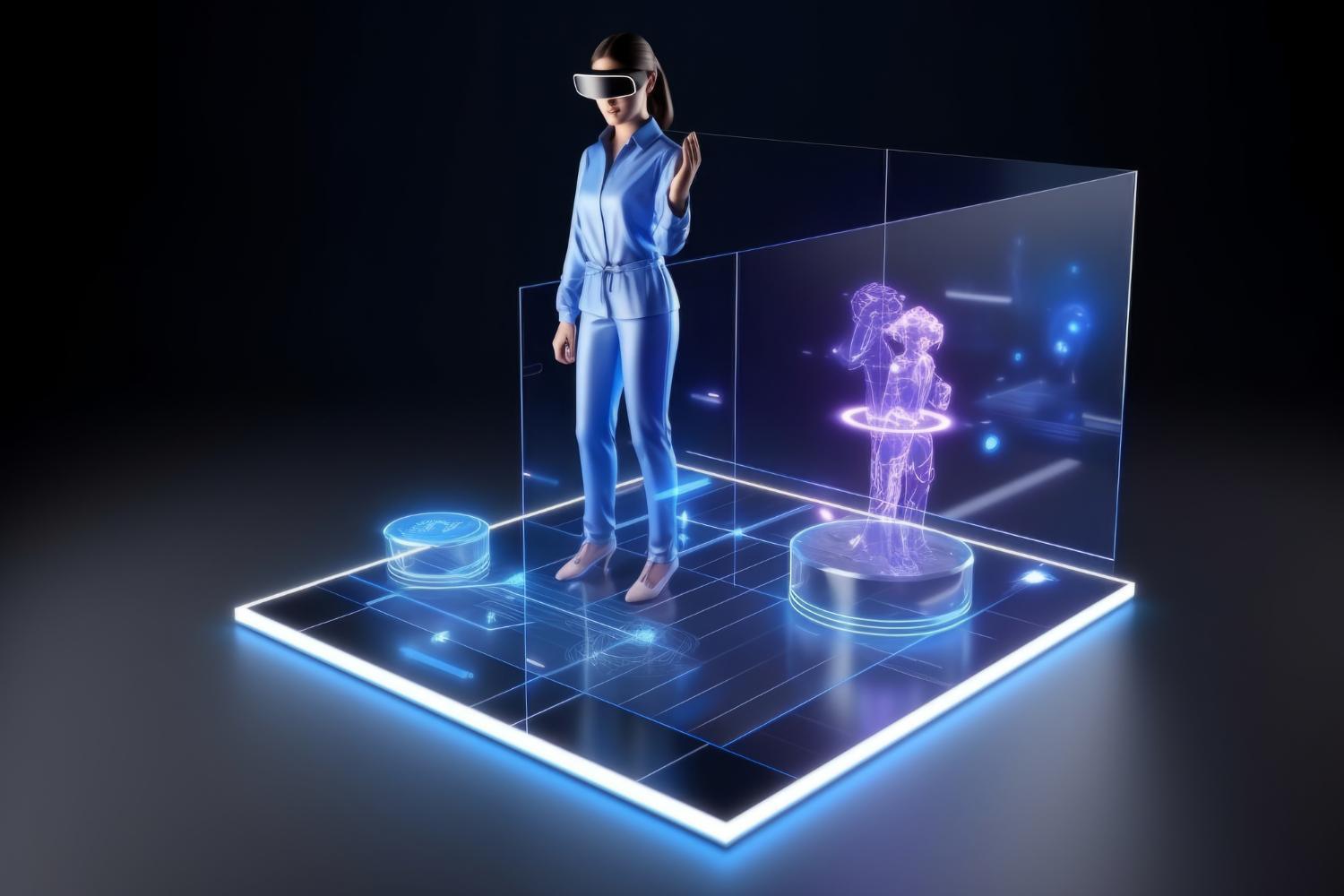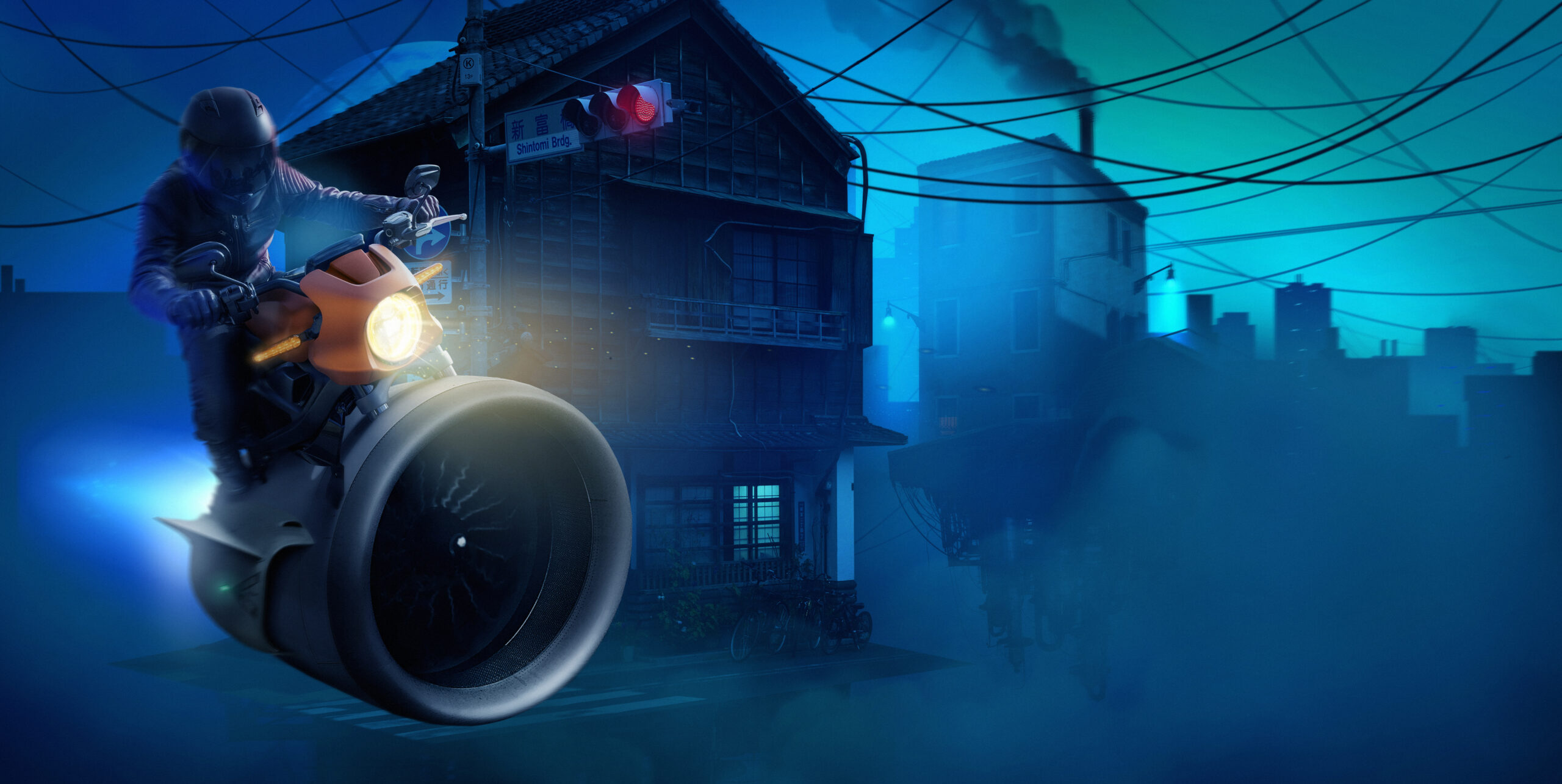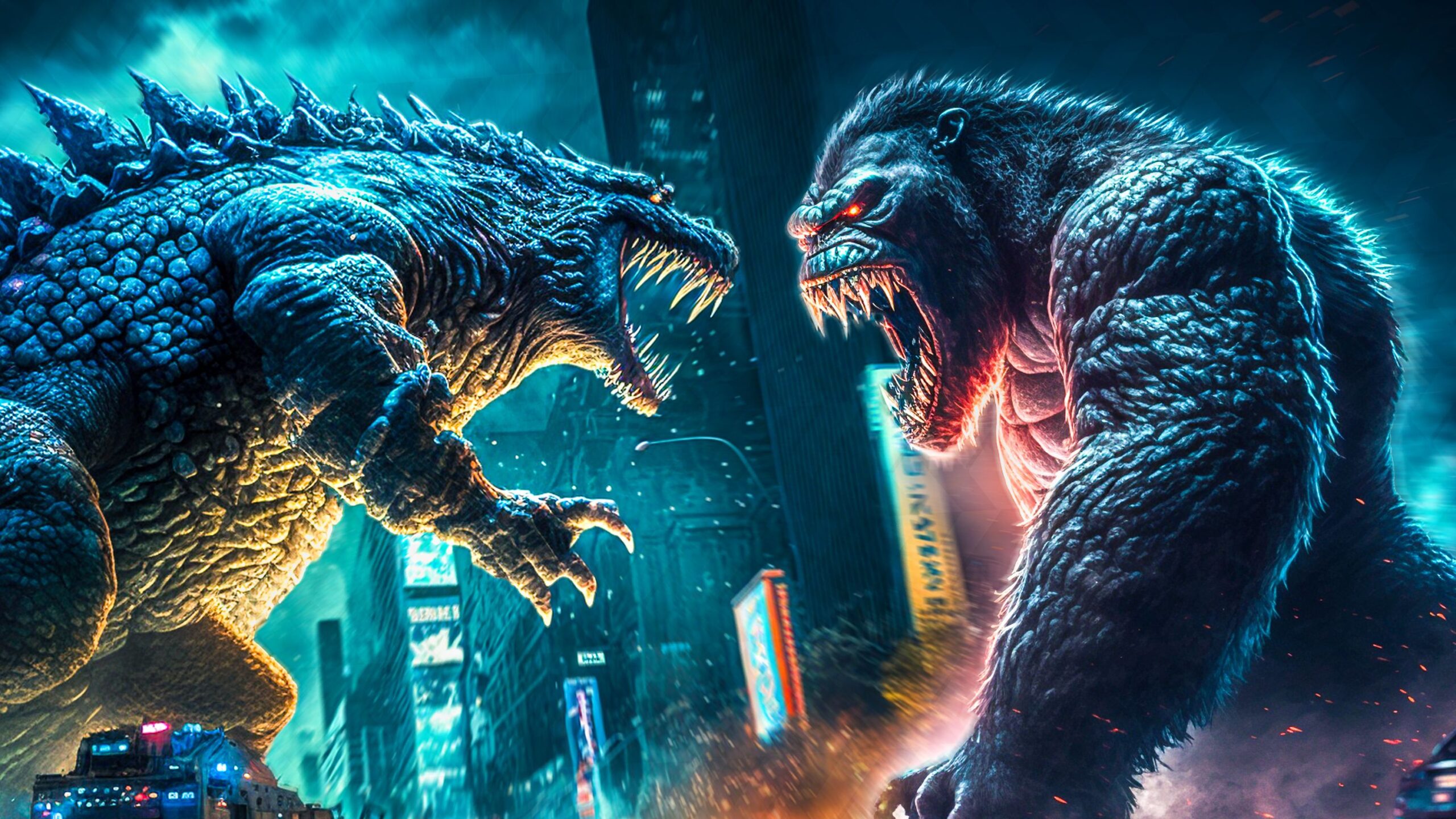Visual Effects Mastery: An All-Inclusive Guide to the 7 Top VFX Courses
The entertainment business has made visual effects (VFX) a crucial component, influencing how we view and interact with films, television series, video games, and other media. To create mind-blowing environments, jaw-dropping action sequences, or breathtaking CGI monsters, one must possess both technical proficiency and artistic vision while mastering visual effects. Luckily, there are several of courses that provide professional guidance to assist aspiring visual effects artists improve their skills. We’ll look at the 7 top VFX courses in this guide, which offer thorough instruction in the industry.
Table of Contents
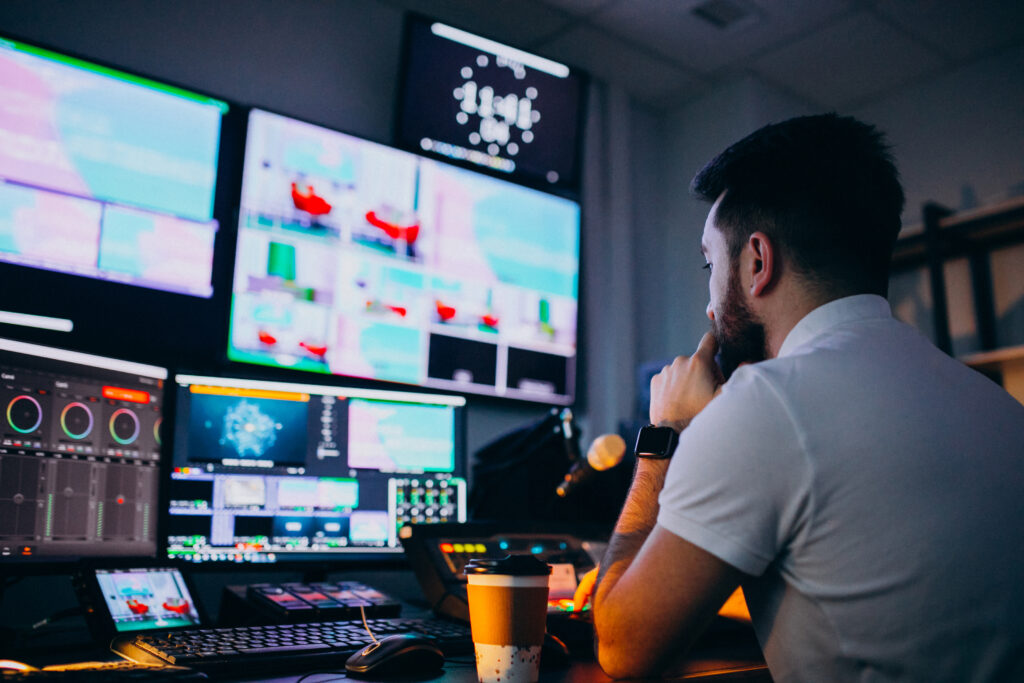
Overview of Visual Effects
Beginners will gain a thorough understanding of the concepts and methods utilized in Top VFX Courses production with this introductory course. Usually, topics like animation, 3D modeling, matte painting, and compositing are covered. Industry-standard programs including Adobe After Effects, Autodesk Maya, and Nuke are taught to students. Students will have produced their own visual effects projects by the end of the semester, gaining practical knowledge in important aspects of visual effects creation.
Advanced Methods for Visual Effects:
This advanced course explores the complexities of top VFX courses production, building on the principles taught in the basic course. Particle simulation, digital sculpting, sophisticated compositing techniques, and more are taught to the students. Developing creative and problem-solving abilities is emphasized when taking on challenging VFX tasks. Students might also get the chance to work on actual projects, developing their portfolios and getting useful industrial experience.
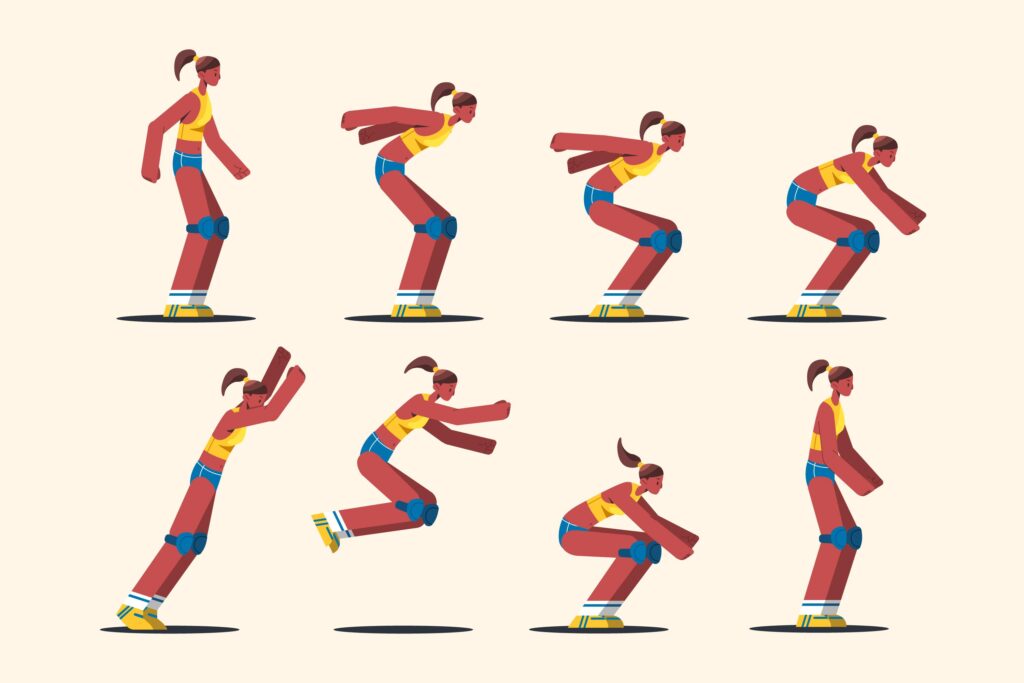
VFX Character Animation:
In the world of top vfx courses, character animation is a specialist ability that calls for a profound knowledge of anatomy, movement, and narrative. This course teaches students how to use motion capture, keyframe animation, and rigging to create lifelike digital figures. In addition, they investigate the fundamentals of character creation and draw inspiration from renowned animated figures. Students will have developed their own animated characters and skillfully incorporated them into VFX scenes by the conclusion of the course.
Film and television visual effects:
The employment of visual effects in television and film production is the particular subject of this course. Students gain knowledge on how to produce excellent visual effects while operating efficiently under the limitations of a production budget and timeline. Motion tracking, digital matte painting, set expansions, and green screen compositing are a few possible topics discussed. Professionals from the film and television industries give guest lectures that shed light on the realities of working in these fields.
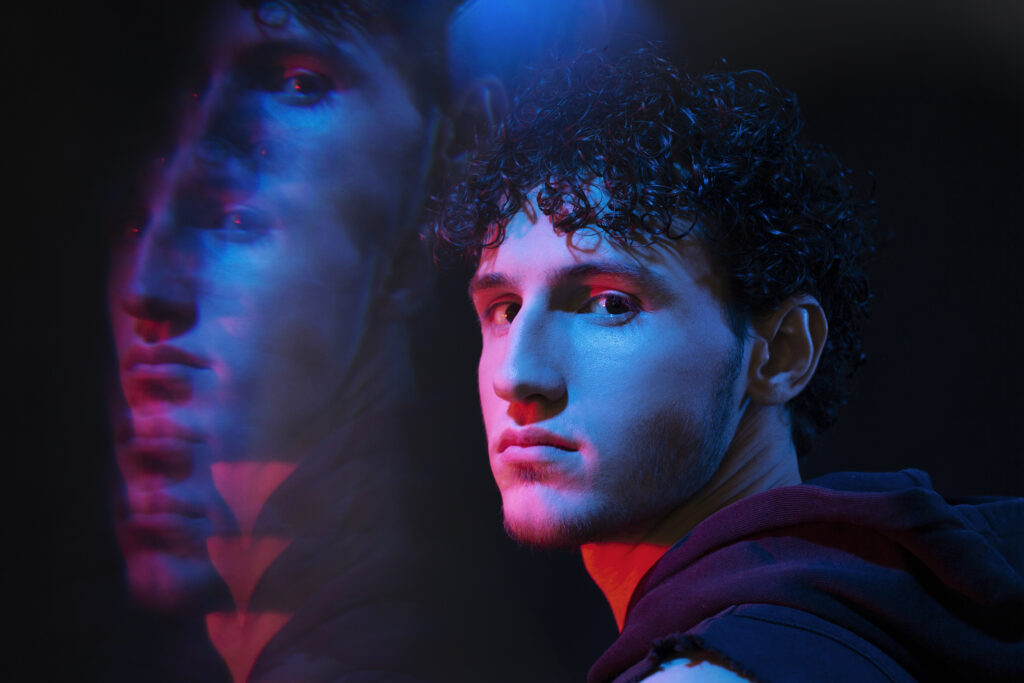
Makeup for Special Effects:
In addition to digital effects with Brilliko Institute of Multimedia, practical effects like prosthetics and animatronics are still vital to visual narrative. The art of special effects makeup is taught to students in this subject, which covers methods for producing lifelike wounds, creatures, and otherworldly people. In order to bring their ideas to life, students learn how to apply cosmetics, build prosthetic appliances, and utilize animatronics. Students gain a variety of abilities through practical assignments that enhance their knowledge of digital visual effects.
Creating Video Games with Unreal Engine:
VFX artists are finding it more and more important to be proficient with game production tools like Unreal Engine as the gaming industry pushes the boundaries of visual fidelity. With the help of Unreal Engine’s robust toolkit, students will learn how to produce dynamic effects, realistic lighting, and immersive settings. Real-time rendering optimization methods, shader programming, and level design are a few possible topics discussed. Students will have created their own playable game demo by the end of the course, showcasing their expertise in visual effects.
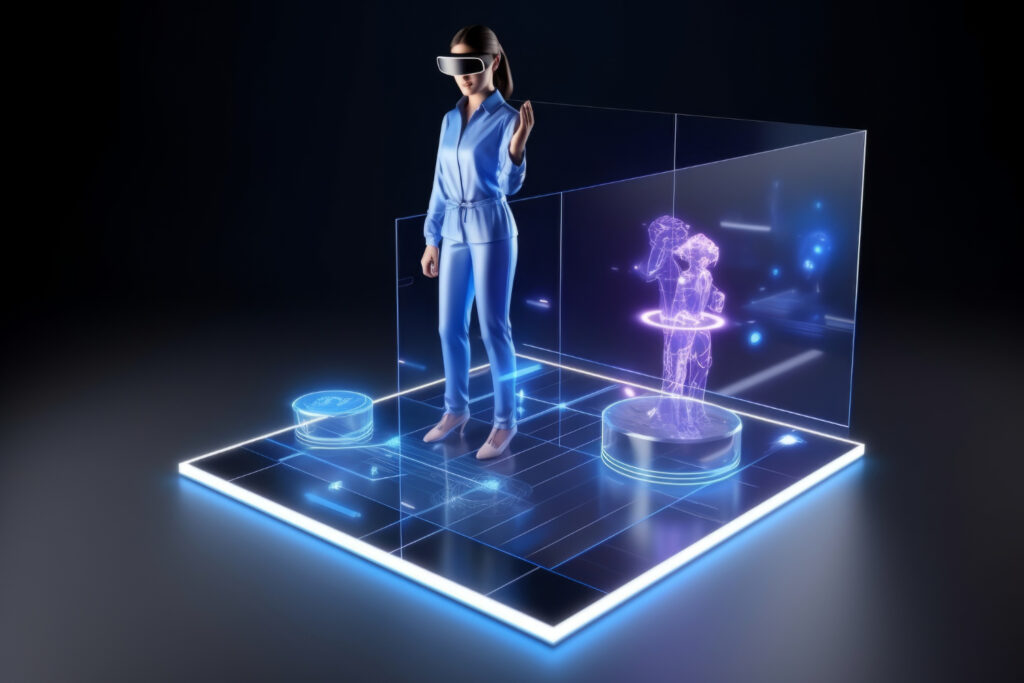
Virtual and Augmented Reality Visual Effects:
The need for visual effects (VFX) artists who can produce immersive digital experiences is rising as virtual reality (VR) and augmented reality (AR) technologies gain popularity. This course examines the special difficulties and possibilities brought about by 360-degree video, interactive narrative, and spatial tracking on VR and AR devices. In addition to learning how to create VFX assets that are tailored for VR and AR settings, students also learn how to effectively integrate VFX into immersive experiences.
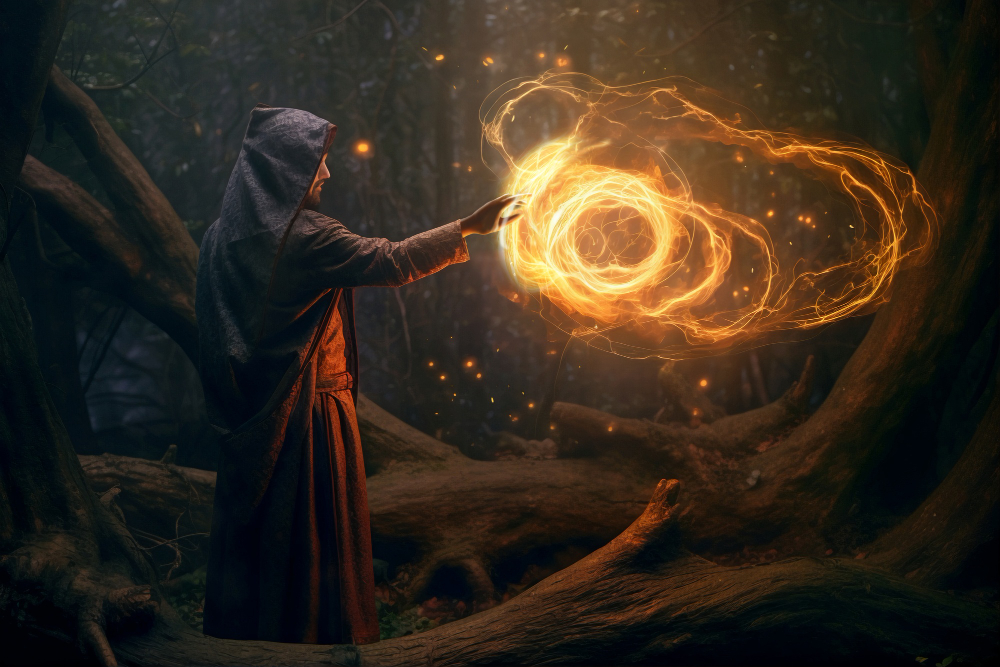
7 Top VFX Courses:
It takes a combination of technical know-how, artistic vision, and real-world experience to perfect visual effects. Aspiring artists can receive a thorough education in all facets of VFX production from foundational principles to advanced techniques and specialized applications through the 7 Top VFX Courses mentioned above. These courses offer the information and abilities required to be successful in the exciting and lucrative industry of visual effects, regardless of your interests in gaming, filmmaking, or modern technology like VR and AR.

